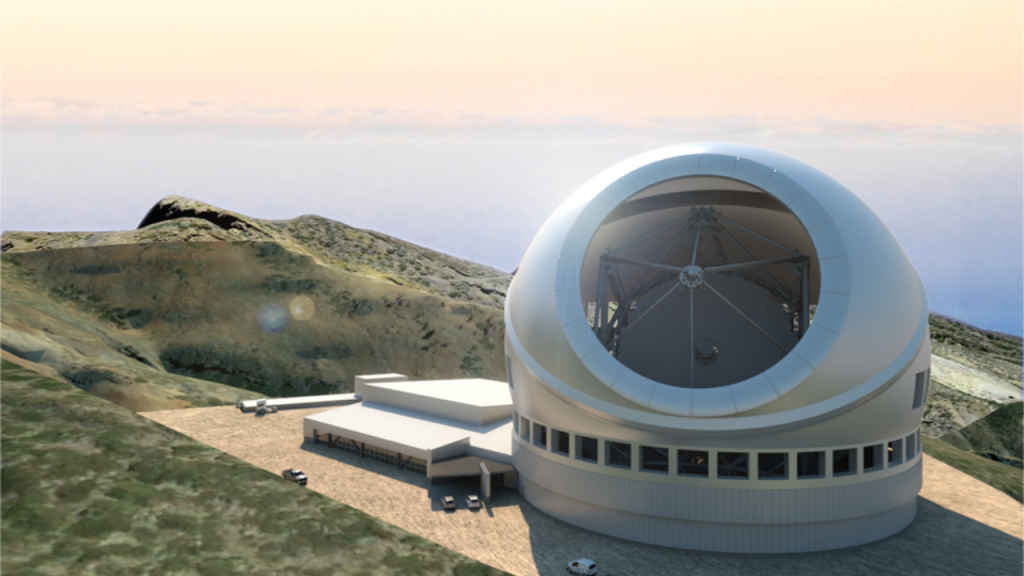

India, the United States, Canada, China, and Japan are working on a groundbreaking international initiative focused on exploring space and the universe. Known as the Thirty Metre Telescope (TMT), this ambitious project marks a significant collaboration poised to transform our understanding of space.
Featuring a 30-metre primary mirror and advanced adaptive optics, the TMT promises to unveil cosmic objects with unprecedented clarity, pushing the boundaries of scientific discovery.


The Thirty Metre Telescope is a massive telescope designed to unlock some of the universe’s most profound mysteries. It aims to explore the formation of the first galaxies and stars post-Big Bang, the evolution of galaxies, the dynamics between supermassive black holes and their galaxies, star and planetary system formation, and the characteristics of planets outside the solar system (via Firstpost).
Also read: Hubble Space Telescope: What is it and How Does it Work?
Indian scientists have made substantial contributions to the Thirty Metre Telescope (TMT) project, notably developing a critical open-source tool for TMT’s Adaptive Optics System (AOS). This tool, essential for compensating Earth’s atmospheric distortions, creates an infrared star catalogue that enables the TMT to capture sharp and clear images. Institutions such as the Indian Institute of Astrophysics (IIA) in Bengaluru, the Inter-University Center for Astronomy and Astrophysics (IUCAA) in Pune, and the Aryabhatta Research Institute for Observational Sciences (ARIES) in Nainital have collectively contributed hardware, instruments, software, and $200 million in funding.
The tool, developed by Indian researchers led by Dr. Sarang Shah at IIA Bengaluru, automates the creation of an all-sky NIR star catalogue. This catalogue is important for the TMT’s Adaptive Optics System, using Natural Guide Stars (NGS) to correct atmospheric distortions and optimise telescope performance.
Also read: 5 crazy solar system images captured by NASA’s Hubble Space Telescope
The TMT project is a great example of international collaboration and scientific innovation, poised to achieve groundbreaking discoveries about the universe. With significant involvement from India, it promises to provide unprecedented insights into space phenomena, offering a clearer and more detailed view of the cosmos.